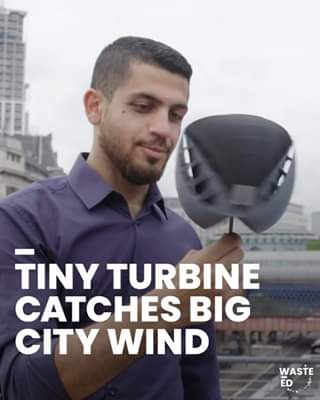Ogba Educational Clinic promoting a greener Africa for all Africans.
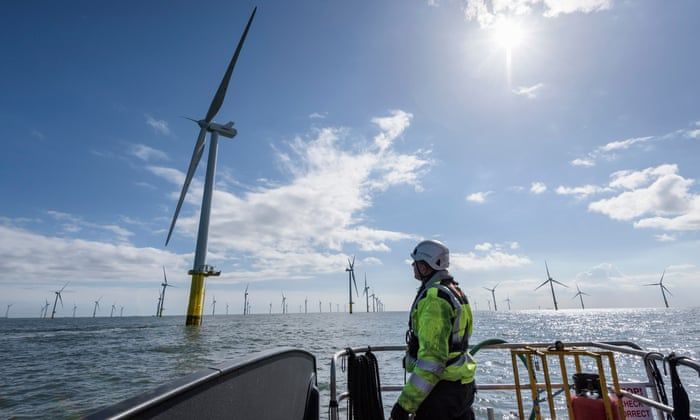


A desalination membrane acts as a filter for salty water: push the water through the membrane, get clean water suitable for agriculture, energy production and even drinking. The process seems simple enough, but it contains complex intricacies that have baffled scientists for decades—until now.
Researchers from Penn State, The University of Texas at Austin, Iowa State University, Dow Chemical Company and DuPont Water Solutions published a key finding in understanding how membranes actually filter minerals from water, online today (Dec. 31) in Science. The article will be featured on the print edition’s cover, to be issued tomorrow (Jan. 1).
“Despite their use for many years, there is much we don’t know about how water filtration membranes work,” said Enrique Gomez, professor of chemical engineering and materials science and engineering at Penn State, who led the research. “We found that how you control the density distribution of the membrane itself at the nanoscale is really important for water-production performance.”
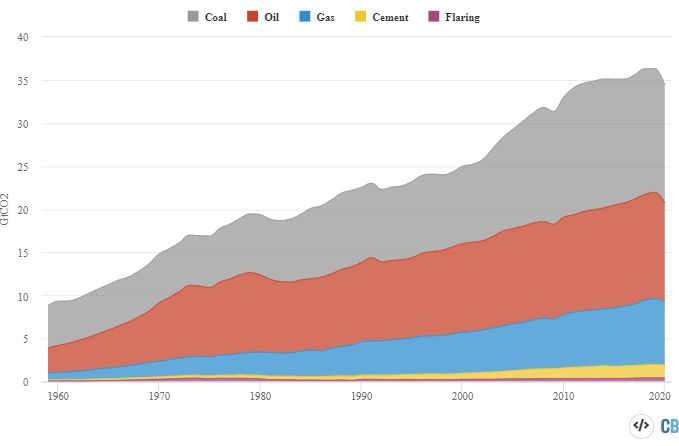
😃 Well, at least fossil-fuel emissions went down.
Global carbon dioxide (CO2) emissions from fossil fuel and industry are expected to drop by 7% in 2020, new analysis shows, as economies around the world feel the effects of Covid-19 lockdowns.
The latest estimates from the Global Carbon Project (GCP) suggest that these emissions will clock in at 34bn tonnes of CO2 (GtCO2) this year – a fall of 2.4GtCO2 compared to 2019.
This annual decline is the largest absolute drop in emissions ever recorded, the researchers say, and the largest relative fall since the second world war.

Recording artist Akon has big plans for his upcoming smart city in Senegal. The new $6 billion development is called Akon City and will fulfill the star’s wish to provide a refuge for members of the African Diaspora both near and far. In addition to the 2000-acre resort, condos, and stadium, the metropolis is also planned to run on renewable energy and mainly use Akoin—the singer’s own cryptocurrency. After two years of planning and development, Akon has announced that they are breaking ground in 2021.
Akon believes that Africa, and his home of Senegal especially, is long overdue for economic investment. He is calling the forthcoming locale a “real-life Wakanda” and plans for it include a tech hub and “Senewood” to develop the film industry. Imagery by Bakri & Associates visualizes the unusual and futuristic forms that define the development and complement Akon’s forward-thinking choices.
This massive construction undertaking is geared towards stimulating the local economy and creating jobs for local workers. Many have praised this and are excited for the prospect of Akon City. But there are also some skeptics. Papa Massama Thiaw, a councilor and president of the youth commission for Ngueniene, shared that though many community members are optimistic, there is a lot of uncertainty. “The studies that were done were not in collaboration with the commune of Ngueniene,” he says. He also fears that jobs won’t be equally distributed. “I don’t want us to be just day laborers. We have to be among the managers.”
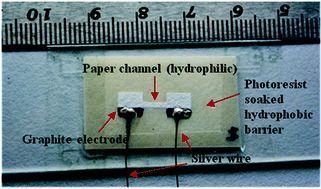
We exploit the combinatorial advantage of electrokinetics and tortuosity of a cellulose-based paper network on laboratory grade filter paper for the development of a simple, inexpensive, yet extremely robust (shows constant performance for 12 days) ‘paper-and-pencil’-based device for energy harvesting applications. We successfully achieve harvesting of a maximum output power of ∼640 pW in a single channel, while the same is significantly improved (by ∼100 times) with the use of a multichannel microfluidic array (maximum of up to 20 channels). Furthermore, we also provide theoretical insights into the observed phenomenon and show that the experimentally predicted trends agree well with our theoretical calculations. Thus, we envisage that such ultra-low cost devices may turn out to be extremely useful in energizing analytical microdevices in resource limited settings, for instance, in extreme point of care diagnostic applications.

“Power is essential to restoring wireless and wireline communications, and we are working with law enforcement to get access to our equipment and make needed repair,” the statement said. “There are serious logistical challenges to working in a disaster area and we will make measurable progress in the hours and days ahead.
We’re grateful for the work of law enforcement as they investigate this event while enabling us to restore service for our customers.
The outages were reported several hours after an explosion in downtown Nashville that took place near an AT&T facility.
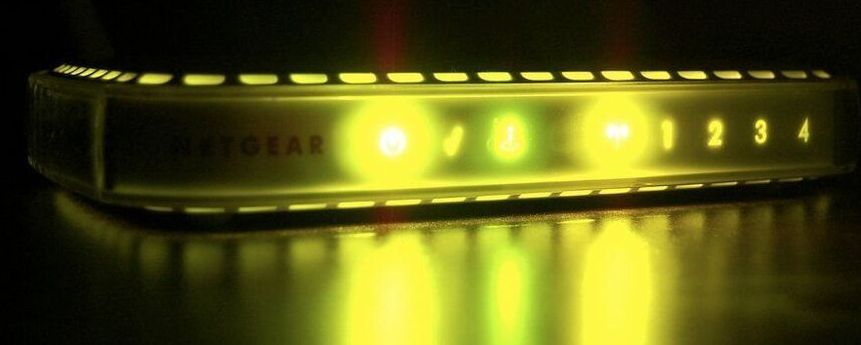
We can probably all agree that charging cables are just the worst, and that we’d love to have fewer of them in our lives. Now, a new invention might give us just that: engineers have developed a flexible device that harvests energy from Wi-Fi signals.
And not just harvest. It can then convert it into electricity that could be used to power devices, wire-and battery-free.
The device is what is known as a rectenna — a portmanteau of ‘rectifying antenna’ — which is a type of antenna that converts electromagnetic energy into direct current (DC).
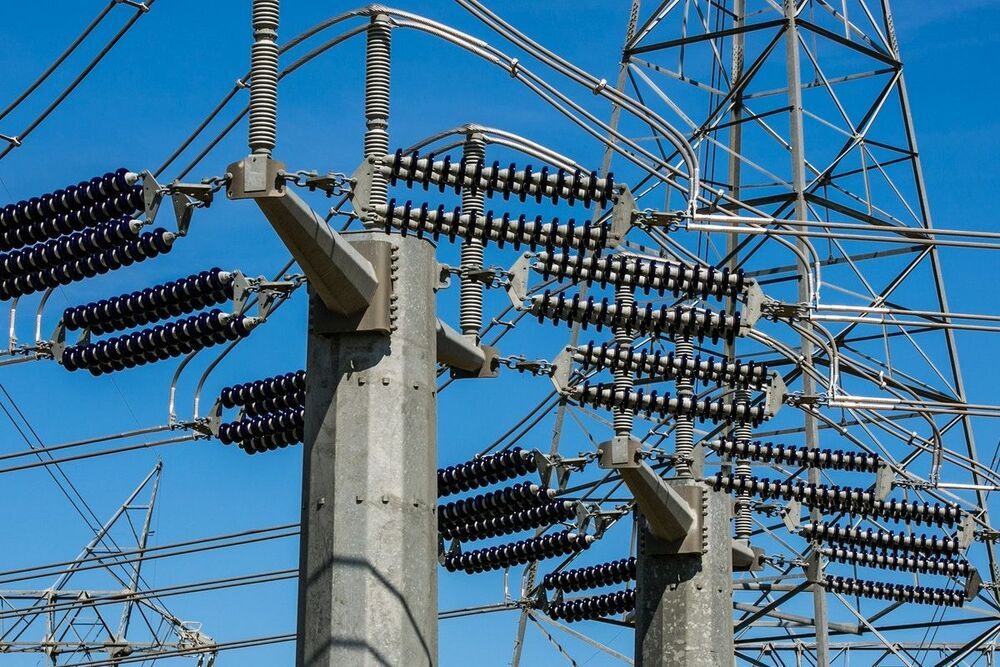
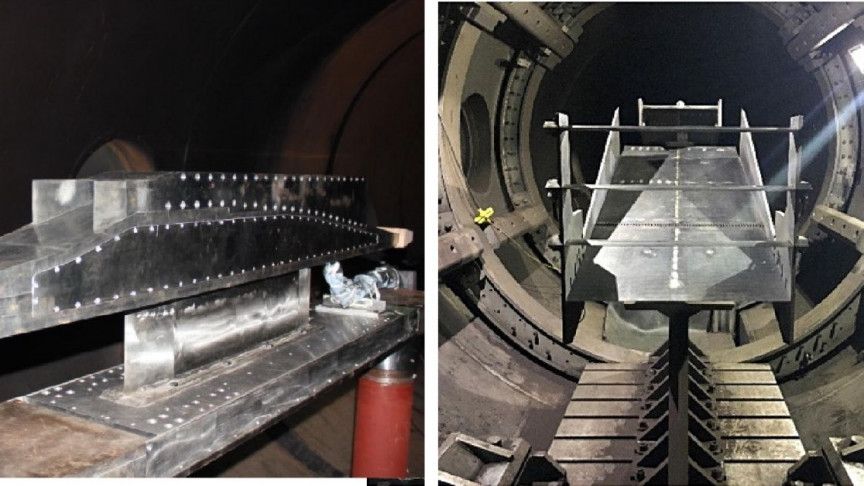
Scientists in China claim to have built a hypersonic jet engine—called “sodramjet”—that can fly at 16 times the speed of sound. This means that an aircraft kitted out with such engines could fly anywhere in the world in two hours, according to the scientists. The test flight of a prototype was carried out in a wind tunnel in Beijing, China, and displayed excellent thrust, fuel efficiency, and operational stability. Led by Professor Zonglin Jiang of the Chinese Academy of Sciences’ Institute of Mechanics, the team’s findings were published in Chinese Journal of Aeronautics on Saturday.
Scientists in China have tested a prototype sodramjet engine in a hypersonic wind tunnel at nine times the speed of sound. Check it out here!
